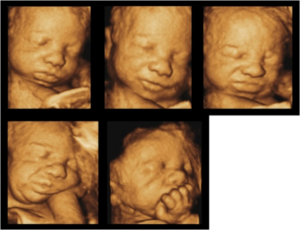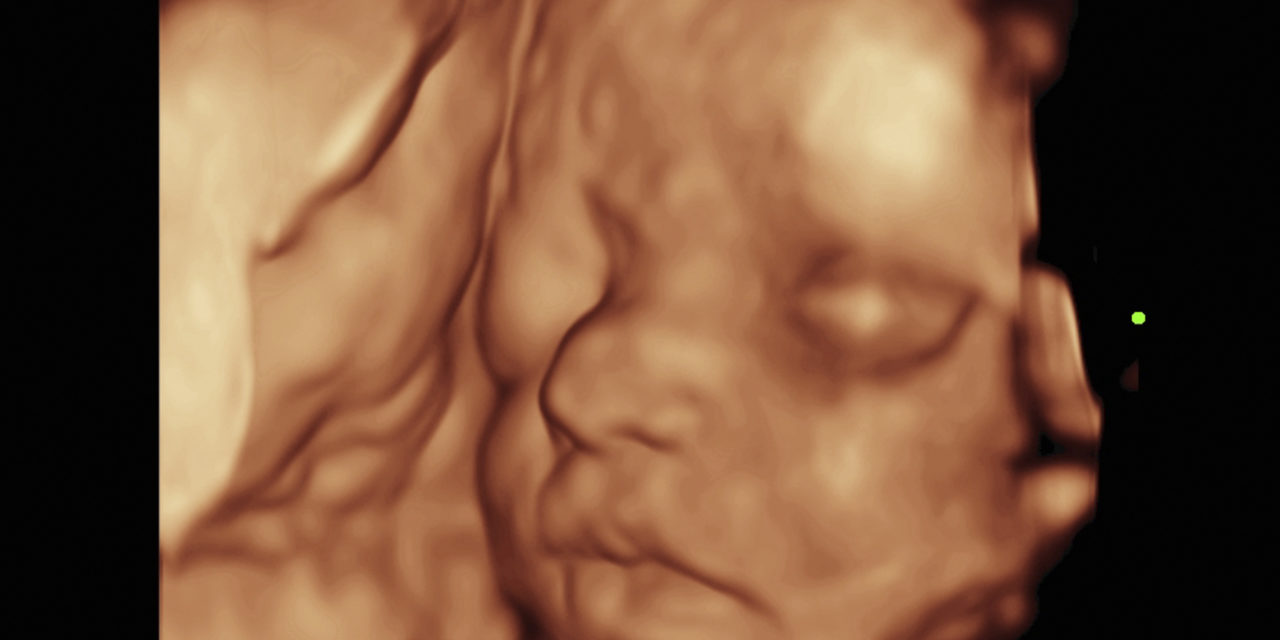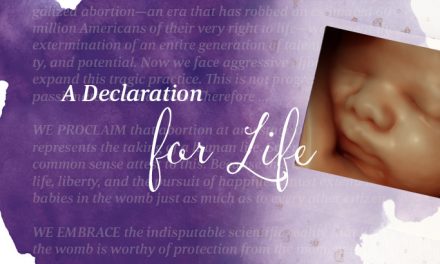They say a picture is worth 1,000 words. And one organization is betting that showing the U.S. Supreme Court a 4D ultrasound picture of a preborn baby will help make a difference in an upcoming abortion case that could overturn Roe v. Wade.
This fall, the Supreme Court will consider a Mississippi law that prohibits abortions after 15 weeks of pregnancy. The court will consider the following question:
“Whether all pre-viability prohibitions on elective abortions are unconstitutional.”
To help the court answer that question, the Catholic Association Foundation has filed an amicus brief (or friend-of-the-court brief) in the case. These briefs are filed by interested parties who can help the justices think through sticky legal questions.
The foundation’s brief argues that the court’s viability standard under Roe and Planned Parenthood v. Casey is outdated due to advances in modern medicine. It states that in this case, the 5th U.S. Circuit Court of Appeals ruled against Mississippi’s law because under Supreme Court precedent, “[n]o state interest is constitutionally adequate to ban abortions before viability.”
However, the brief points out that when Roe v. Wade was first decided in 1973, “viability” meant 28 weeks’ gestation. But by the time Planned Parenthood v. Casey was decided in 1992, “viability” meant 23 or 24 weeks.
And thanks to modern medicine, “babies born at only 21 weeks have now survived.”
This points to one of the fundamental problems with the Supreme Court’s current abortion precedents. Even though the age that doctors consider viable keeps getting earlier and earlier, the court’s determination on “viability” hasn’t budged.
And the brief argues that due to improvements in ultrasound technology, we can now witness life in the womb like never before.
“In 4D renderings, we can observe movement. The baby can be seen yawning, sucking her thumb, and kicking,” the brief states.
“4D technology also shows fleeting expressions: the grimace of a cry, a frown wrinkling the forehead, a curve of the lips into a smile. The baby’s mouth opens, and we can even see the tongue moving. These detailed images have opened a window into the womb, allowing us to witness the human form of the child.”
Here is one of the pictures the brief includes:

Photo Credit: Amicus Brief of Catholic Association Foundation
Now, according to The Christian Post, “The Catholic Association Foundation was ‘granted special permission from the Supreme Court’ to include ultrasound imagery as part of its amicus brief.”
Clearly, the pictures demonstrate that life begins in the womb. Therefore, the brief argues, “Roe and Casey’s viability framework is outdated and unworkable. It must be overruled.”
Please be praying the Supreme Court will decide to allow states to protect preborn life in this very important upcoming case.
At Focus on the Family, we know the power of ultrasound technology. That’s why we work to place ultrasounds in pregnancy resource centers around the country through Option Ultrasound.
Additionally, on Saturday, August 28 at the American Airlines Center in Dallas, Focus on the Family will host See Life 2021! There will be inspiring worship, amazing pro-life stories, and interactive experiences for your whole family. We hope you join us in-person, or online.
The case is Dobbs v. Jackson Women’s Health Organization
Photo from Shutterstock






